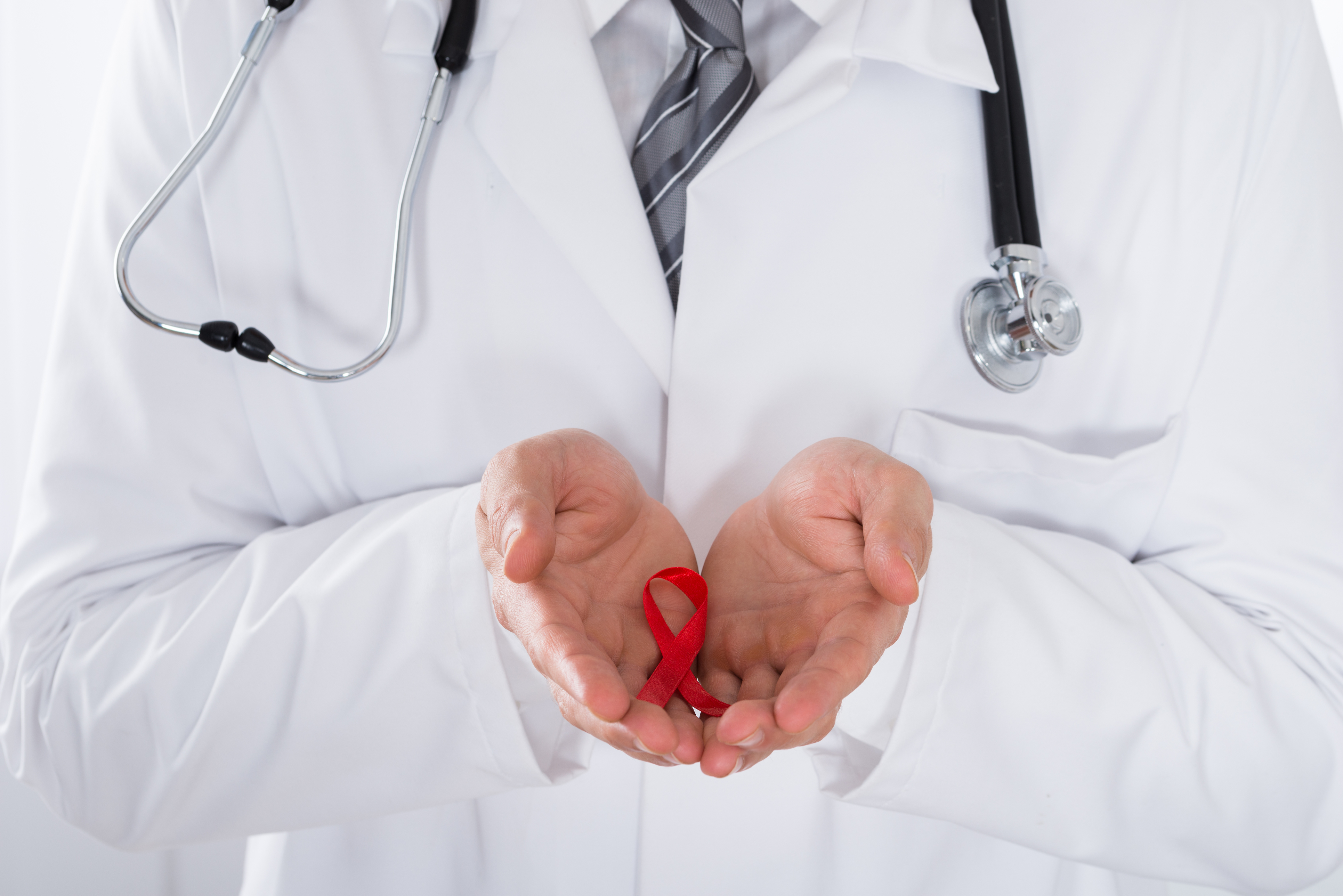3.2. HIV stages and symptoms
HIV symptoms vary depending on the stage of the disease. Usually, the HIV infection is not visible, and most people learn of their status when they are already at an advanced stage. HIV infection happens in 5 stages: incubation, when the blood has no virus antibodies, and ...
3.3. Antiretrovirals and therapy regimens
The main goals of HIV treatment are maximum extension of human life, improving quality of life, and reducing the risk of HIV transmission. Thanks to advances of modern medicine, the frequency of diseases associated with immune deficiency and mortality of HIV-infected patients ...
3.4. Resistance
HIV may develop persistence to a particular medication if it is taken intermittently or in insufficient doses. Such persistence is called resistance. Development of virus resistance to medications means that the efficiency of these medications reduces, and they would not ...
3.5. Resistance to HIV
Scientists have carefully studied people who have the CCR5-delta32 mutation that prevents a particular type of HIV-1 from binding to the CD4 cells. This occurs in about 1% of mostly Caucasian people. As it is well-known, the virus enters CD4 cells using interaction of the ...
3.6. Compliance
Compliance is adherence to the therapy regimen as recommended by a doctor. This means taking medication within the designated period of time and in a specific dosage. The regularity with which patients take the medications is a very important factor. The best result of ...
3.7. HIV co-infection. Hepatitis C and tuberculosis
It is quite common that the hepatitis C virus and tuberculosis are detected in people living with HIV. Such simultaneous exposures of a single body to diseases that are different in nature are called co-infections. People who are diagnosed with HIV are recommended to undergo ...
3.8. HIV infection and pregnancy
One of the HIV-transmission routes is the transmission of the virus from mother to child. HIV can be transmitted from mother to child in both the prenatal period (through defects in placental barrier), and during birth, when a child is exposed to maternal blood (vertical ...
3.9. Children and HIV
HIV can be transmitted from mother to child in both the prenatal period (through defects in placental barrier), and during birth, when a child is exposed to maternal blood (vertical transmission) or during breastfeeding. Such factors of mother-to-child transmission are called ...









